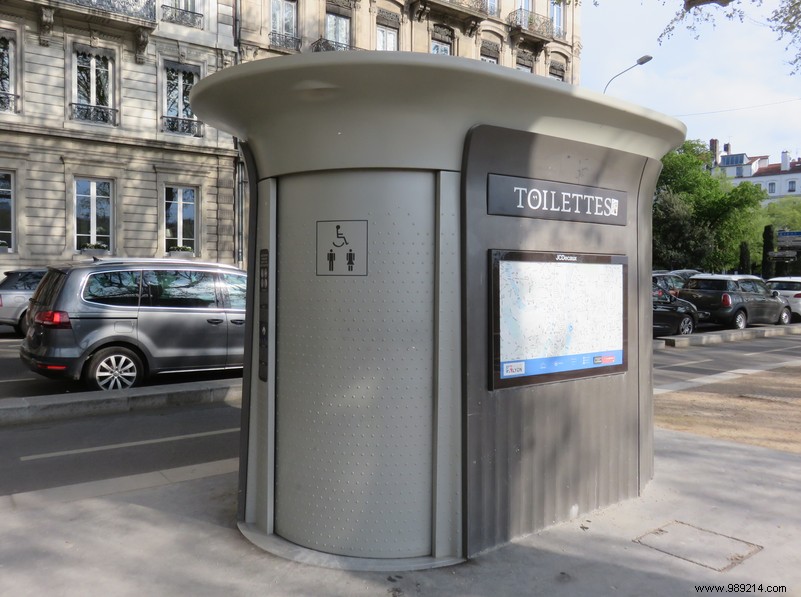US researchers recently installed particle counters in public restrooms. The goal ? Observe the aerosol level after flushing the toilet. And the least we can say is that the results are as surprising as they are disgusting.
In June 2020 when the Covid-19 pandemic had just begun, a Chinese study recommended closing the toilet bowl before flushing the toilet. According to the results, this act is at the origin of projections of droplets up to a meter away. Another study, this time conducted by Florida Atlantic University (USA) and published in the journal Physics of Fluids on March 22, 2021 focused mainly on public toilets. This is not a scoop, public toilets are not very appreciable, particularly because of hygiene reigning there. Only then, sometimes there is a pressing need to be satisfied and no other solution available.
US researchers installed particle counters at different heights, near a urinal and conventional toilets. The objective? Measure the level of aerosols – those airborne particles – after flushing. Scientists observed a 209% increase the presence of particles of 0.5 to 1 micrometer. For particles measuring between 0.3 and 0.5 micrometers, there is talk of an increase of 69.5%.

According to the study, it would therefore be quite appropriate to flee fairly quickly after flushing. Nevertheless, a question arises:why take precautions in the face of tiny, seemingly harmless droplets? The answer is clear:aerosols contain many infectious microorganisms. In these times of the Covid-19 pandemic, it is also a serious vector of contamination.
So indeed, no cases of people infected by aerosols in public toilets have been proven. Nevertheless, it seems that the danger does exist. You should know that people with coronavirus can experience nausea, vomiting and diarrhea. However, these fluids represent a risk of transmission . By the way, let's mention the fact that public toilets are a place where aeration and ventilation are often lacking.
Like the Chinese study, the US study recommends closing the toilet bowl when flushing of water. On the other hand, this is impossible in the case of urinals. Ultimately, the best course of action is simply to avoid going to public restrooms.